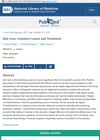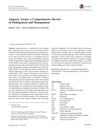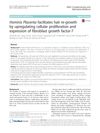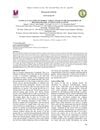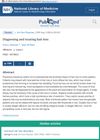Exploring the Combination and Modular Characteristics of Herbs for Alopecia Treatment in Traditional Chinese Medicine: An Association Rule Mining and Network Analysis Study
July 2018
in “
BMC Complementary and Alternative Medicine
”
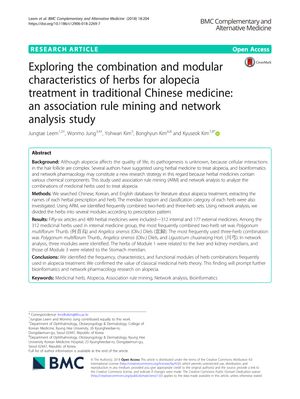
TLDR Certain herbal combinations in traditional Chinese medicine might be effective for treating hair loss, focusing on liver or stomach health.
In the 2018 study, researchers analyzed the use of herbal combinations in traditional Chinese medicine (TCM) for treating alopecia. They reviewed 56 articles, identifying 489 herbal medicines, and applied association rule mining (ARM) to find common two-herb and three-herb combinations. The most frequent two-herb combination was Polygonum multiflorum Thunb. and Angelica sinensis (Oliv.) Diels, and the most common three-herb combination included these two plus Ligusticum chuanxiong Hort. Network analysis categorized the herbs into three modules based on their associated meridians, with Module 1 herbs related to the liver and kidney meridians and Module 3 herbs to the Stomach meridian. The study concluded that these findings support classical TCM theory and suggest a liver or stomach-oriented approach to alopecia treatment, but it also highlighted the need for further research to validate these findings and to explore the pharmacological mechanisms involved in hair loss treatment.
